Caring For Your Shrubs in Spring: 5 Tips For Idaho Homeowners
If you woke up in the middle of the night in a panicky sweat shouting, “What do my shrubs need in spring??!!” you might have bigger problems than needy shrubs.
How to maintain shrubs in spring? Relax — turns out shrub maintenance in spring is pretty easy.
No need to lose sleep. Just follow these tips for healthy shrubs.
1. Shrub Maintenance in Spring Means Fertilizing
Winter is long here in Idaho and pretty much any plant emerging from its winter slumber could use a dose of fertilizer, including your shrubs.
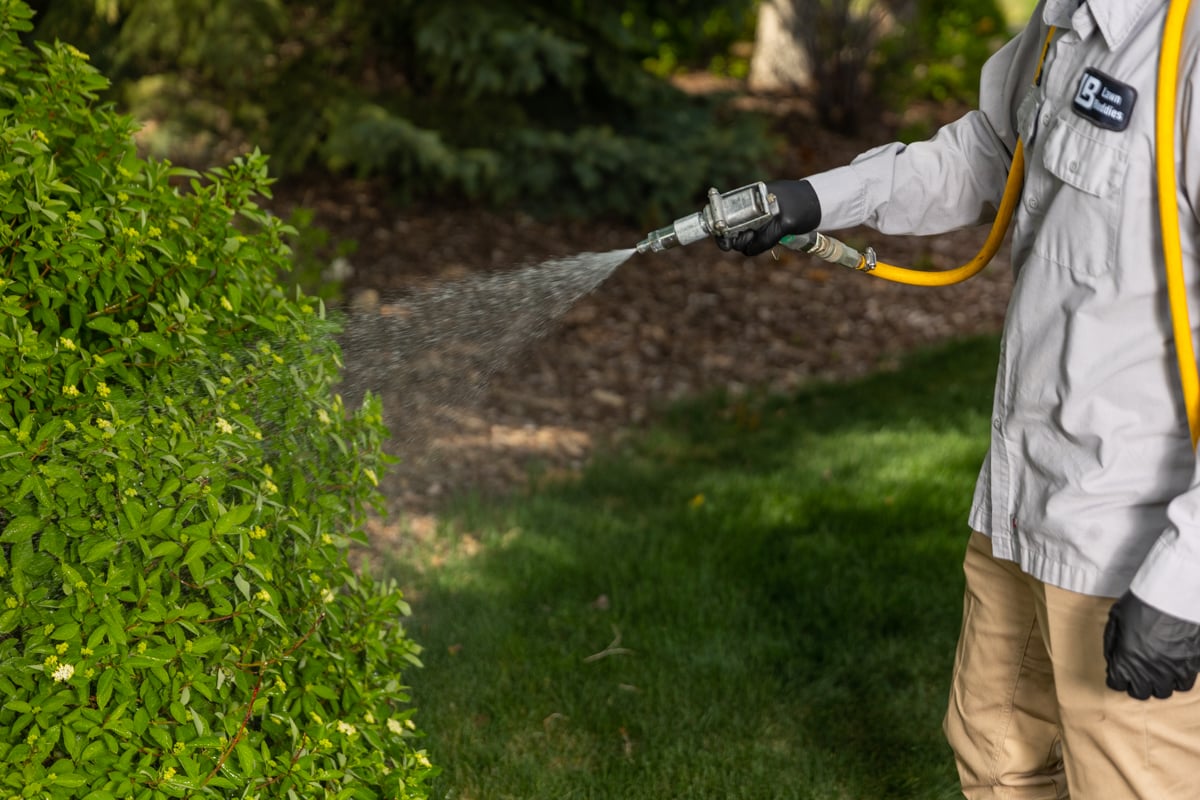
Give your plants a spring fertilizer boost not just to help them grow and thrive, but to better stand up to attacks from diseases and pests.
Nitrogen is the key, so look for a high-nitrogen fertilizer with numbers like 4-1-1, 3-1-1 or 3-1-2.
2. Pruning Shrubs in Spring: Better Skip It
Pruning shrubs in spring is tricky, especially if you have flowering shrubs.
Pruning a flowering shrub in the spring can actually prevent it from flowering. Yikes.
.jpg?width=1200&name=Untitled%20design%20(21).jpg)
The best time to prune your shrubs is before spring when they’re still dormant.
So cross this off your spring shrub maintenance list.
3. Shrub Maintenance in Spring: Watering
Here in Idaho, spring can be pretty rainy. That means your shrubs will likely get plenty of free watering.
Unless it’s a really dry spring, resist the urge to give your shrubs extra water as they come out of winter hibernation.
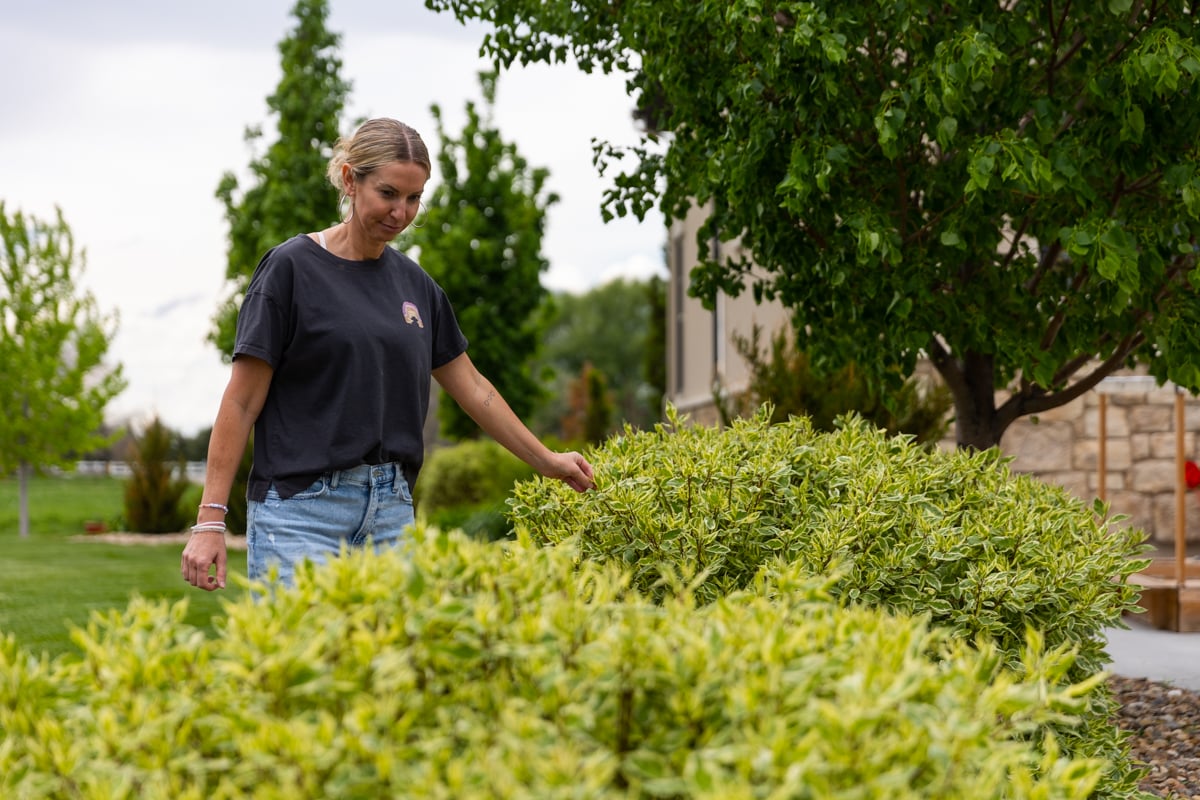
Many homeowners already water their landscaping more often than it needs. Too much water can be as harmful as not enough.
Less frequent, deeper watering is better for your shrubs, encouraging the roots to dive deeper for water.
In spring here in Idaho, just leave the shrub watering to Mother Nature.
4. Shrub Aphid Control in Spring
If it’s spring, it’s time to battle aphids.
Don’t think you have aphids? Sorry, you do. Everybody has aphids.
The tiny pests are the most common insects found on trees, shrubs, and garden plants.
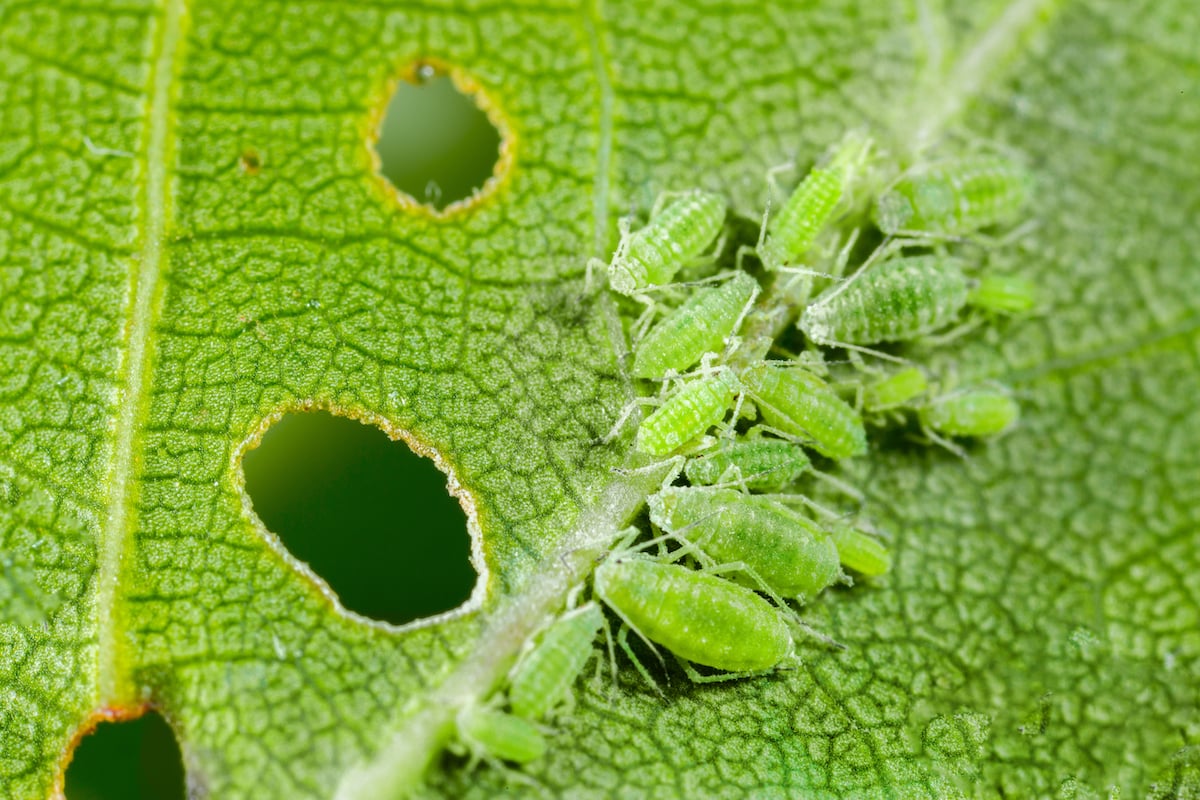
Don’t try looking for them. Aphids are tiny, soft-bodied insects less than a quarter-inch long, nearly invisible to the naked eye.
When a whole bunch of them gather to feast, like a bountiful bug buffet, their feeding can cause wilting and sometimes even dieback of shoots and buds.
Aphids move slowly, but they multiply quickly, so it’s important to get them under control before reproduction starts. Many generations can occur in one season.
Your best defense for aphid control is a one-two punch of systematic injections plus foliar treatments.
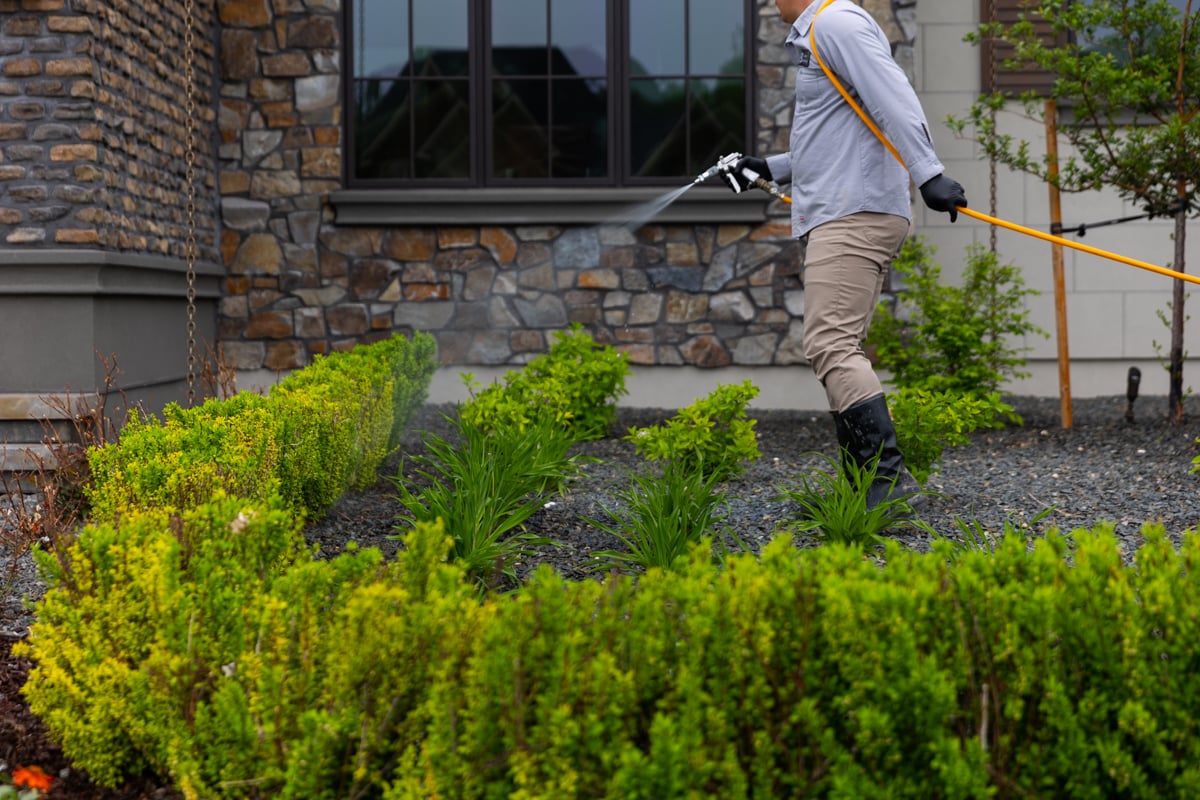
Systemic insecticides injected into your trees in the spring and fall treat them from within, while spray treatments three times a year zap any bugs crawling on your trees. The foliage spray has a residual effect, too, lasting for 30 days to deter any hungry invaders.
It’s a lot easier to prevent aphids than to treat them after they show up, so add it to your spring shrub care to-do list.
5. Planting Shrubs in Spring
Caring for shrubs includes planting them carefully in the first place. Follow these tips:
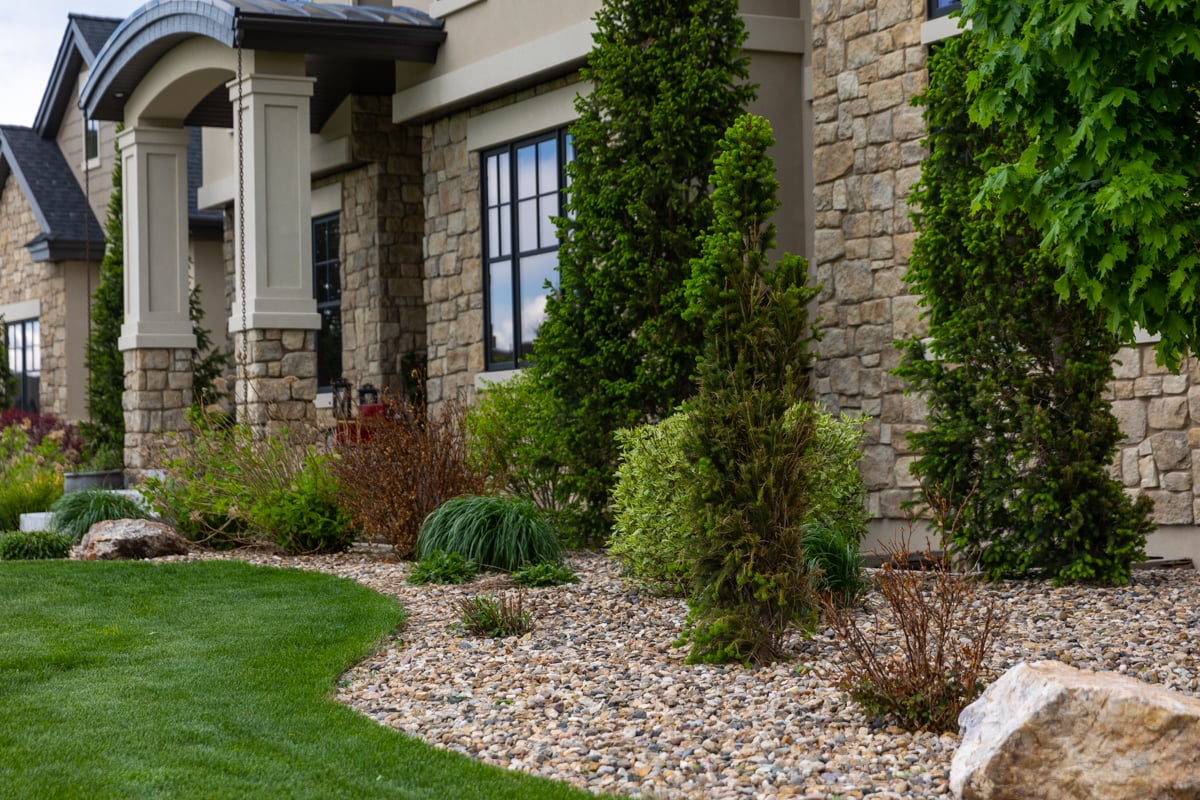
- Dig a hole twice as wide and just as deep as the shrub container.
- Remove the shrub from its container but don’t pull it out by its stems. If you need to, use hand pruners to carefully cut the pot away from the root ball.
- Place the shrub in the hole to check the depth. The top of the root ball should be even with or slightly above the soil surface.
- Use your hands to loosen up the root ball a bit, unwinding any large woody roots that were molded into shape by the container and gently loosening small roots. This helps your shrub settle into the soil faster.
- Scoop the soil you removed back into the hole, patting it in around the roots to eliminate air pockets.
- Water your new shrub, making sure to thoroughly saturate the root ball and the surrounding soil.
- Add 2-3 inches of bark mulch to keep roots cool and conserve water.
- Keep your new shrub well watered – don’t let it dry out completely during its first season.
- Be patient — you might not see much growth in the first season. Your shrub is spending most of its energy at first growing roots. You’ll see more growth in its second year.
Are Your Shrubs Ready for a New Best Friend?
Shrub maintenance in spring is pretty easy. But you do want to prevent those damaging aphids.
Treatments for aphids and other damaging insects are available for our Idaho Falls and Boise customers who use our full-service lawn care program.
That gives you extra peace of mind — choose an Idaho Falls or Boise professional lawn care service that bundles your yard’s most-needed treatments into one convenient, no-fuss plan, plus know your valuable plants are protected from damaging bugs.
Fertilizing, weed control, grub control. Done. Shrub protection. Double done.
We’ve got your back.
Got a few minutes? That’s all you need to get started.
Fill out the form on this page.
Call us at (208) 656-9131.
Or read more about our services.
Then kick back and relax in your healthy, thriving yard.
Image Source: Sprinkler head


